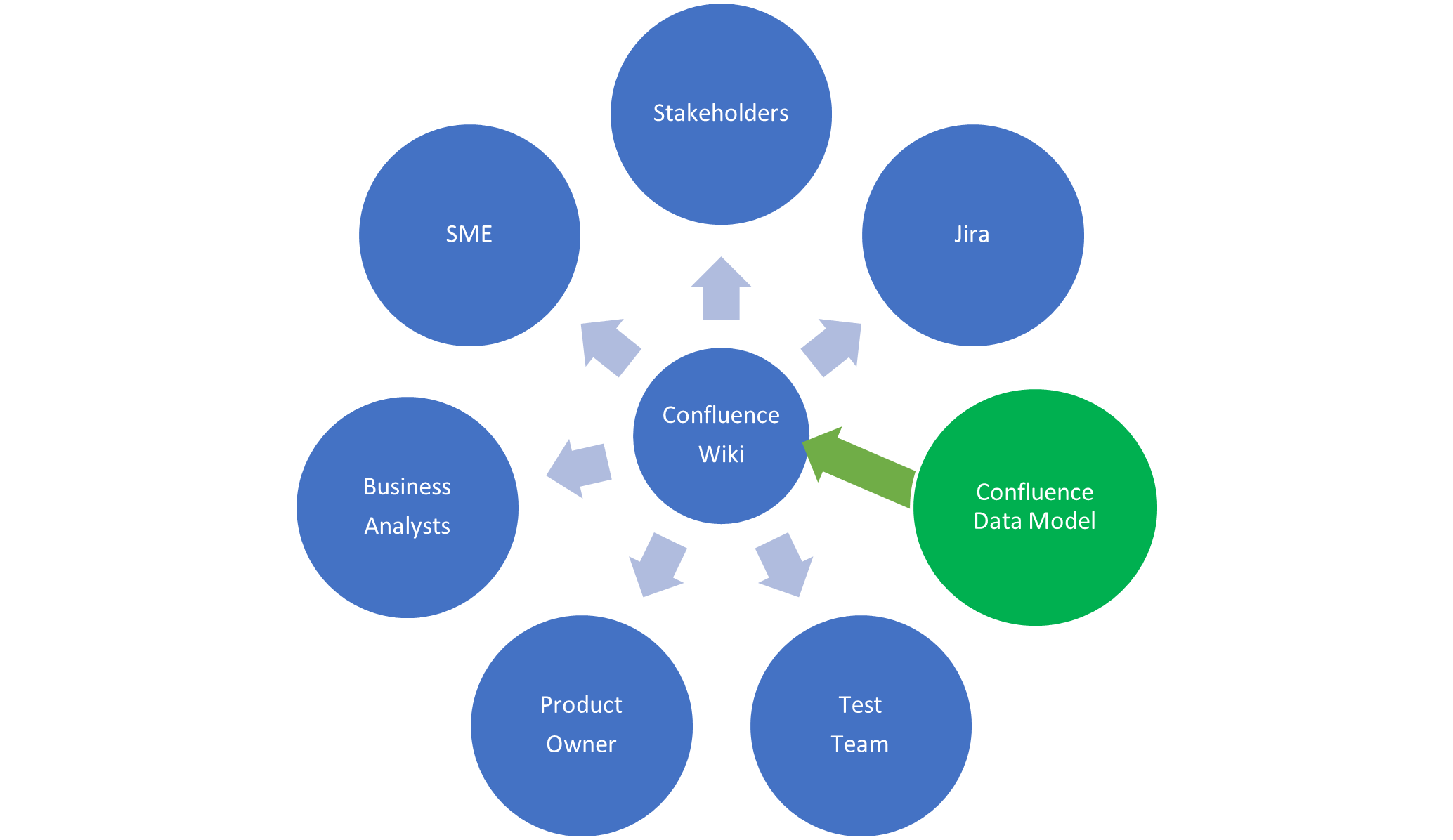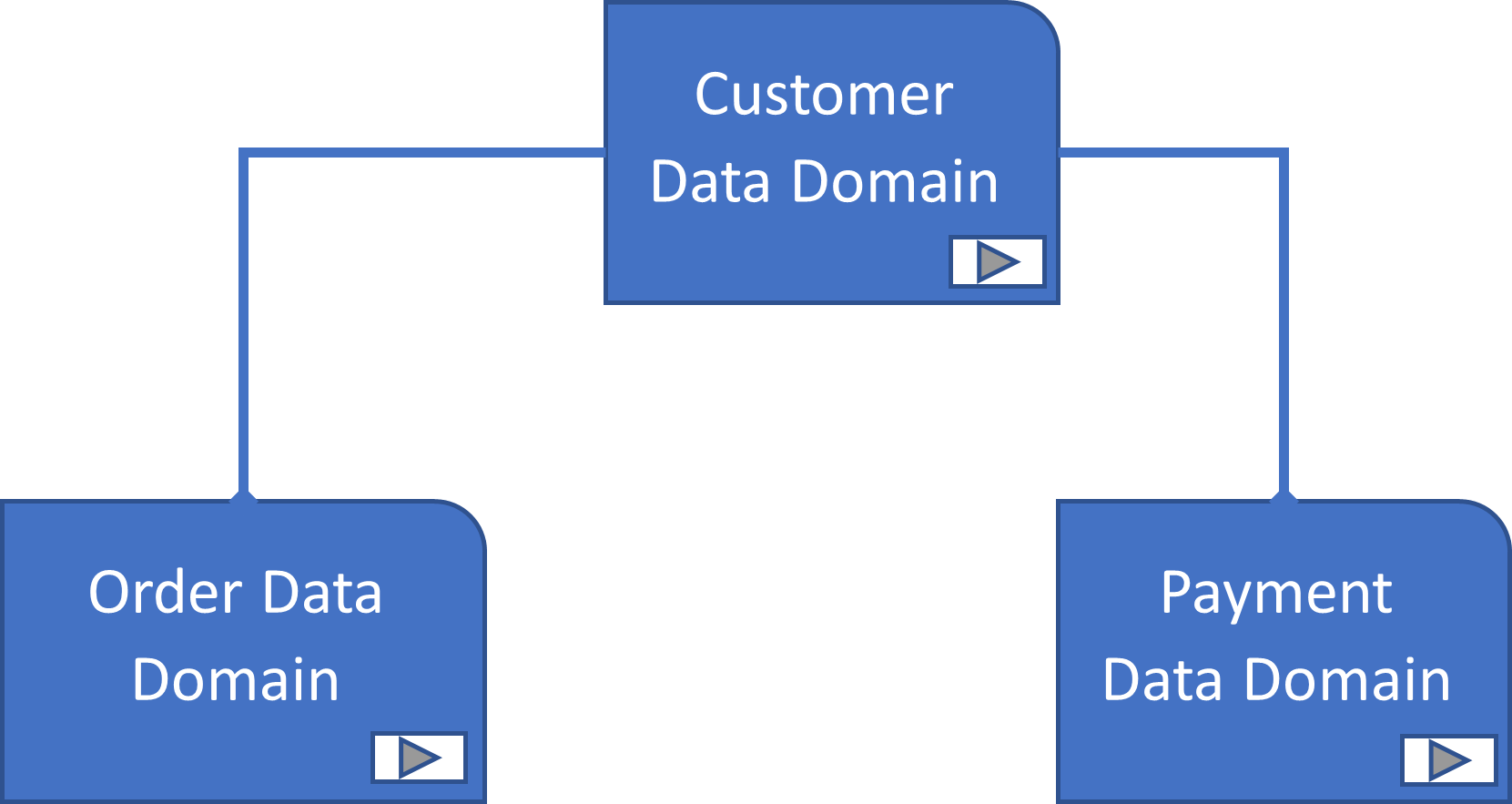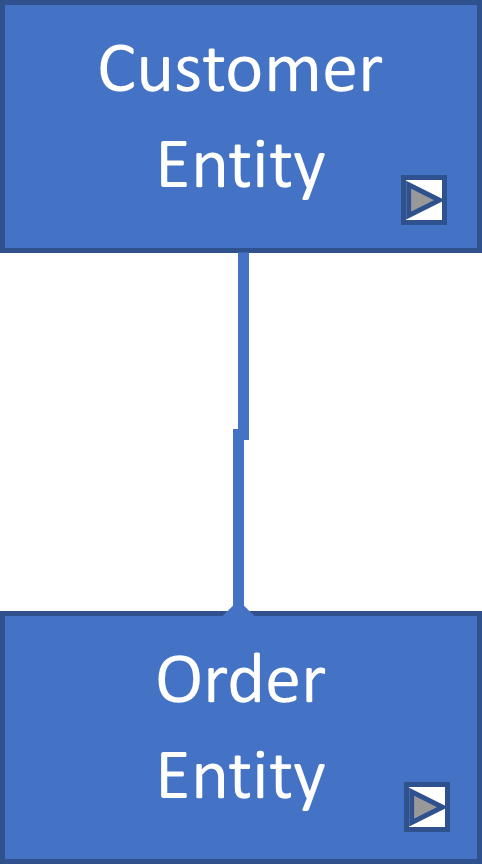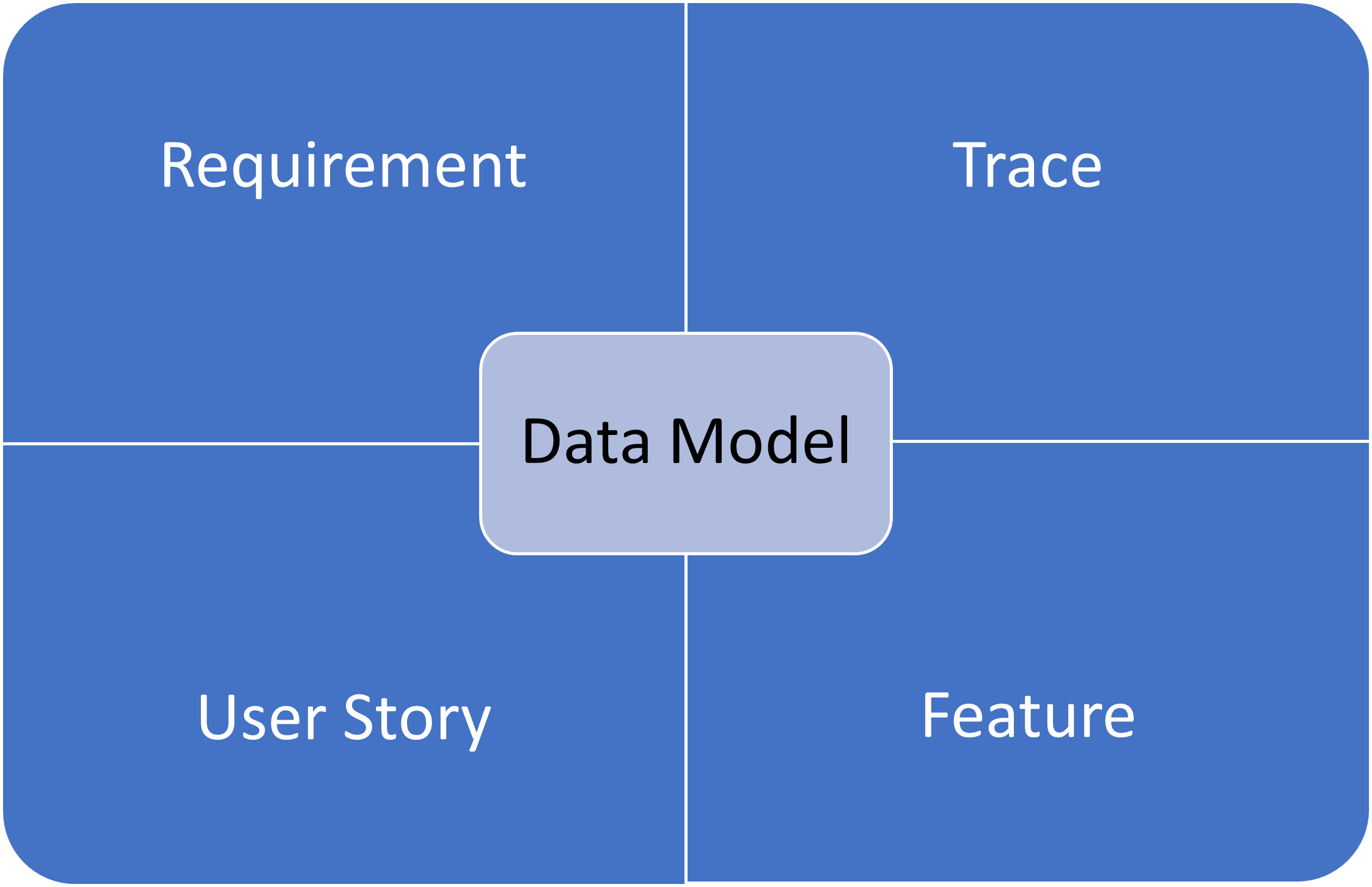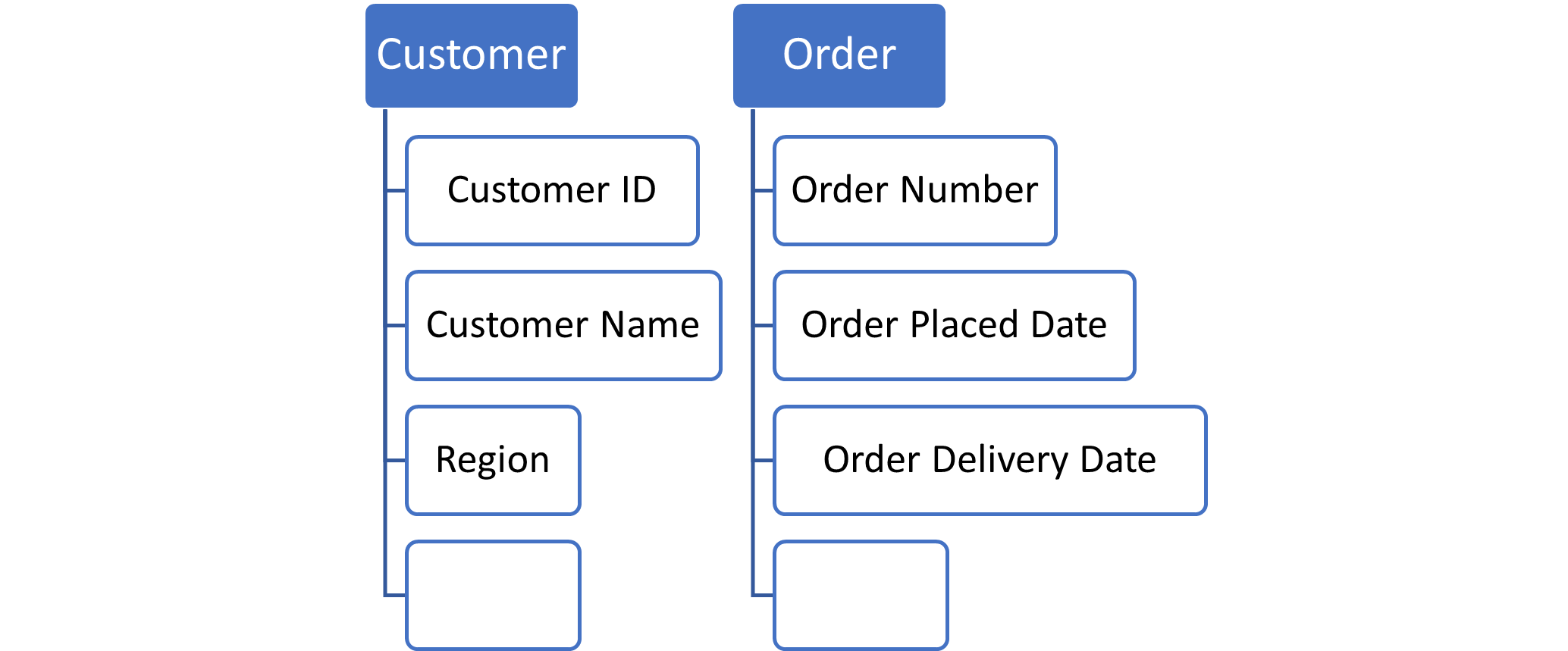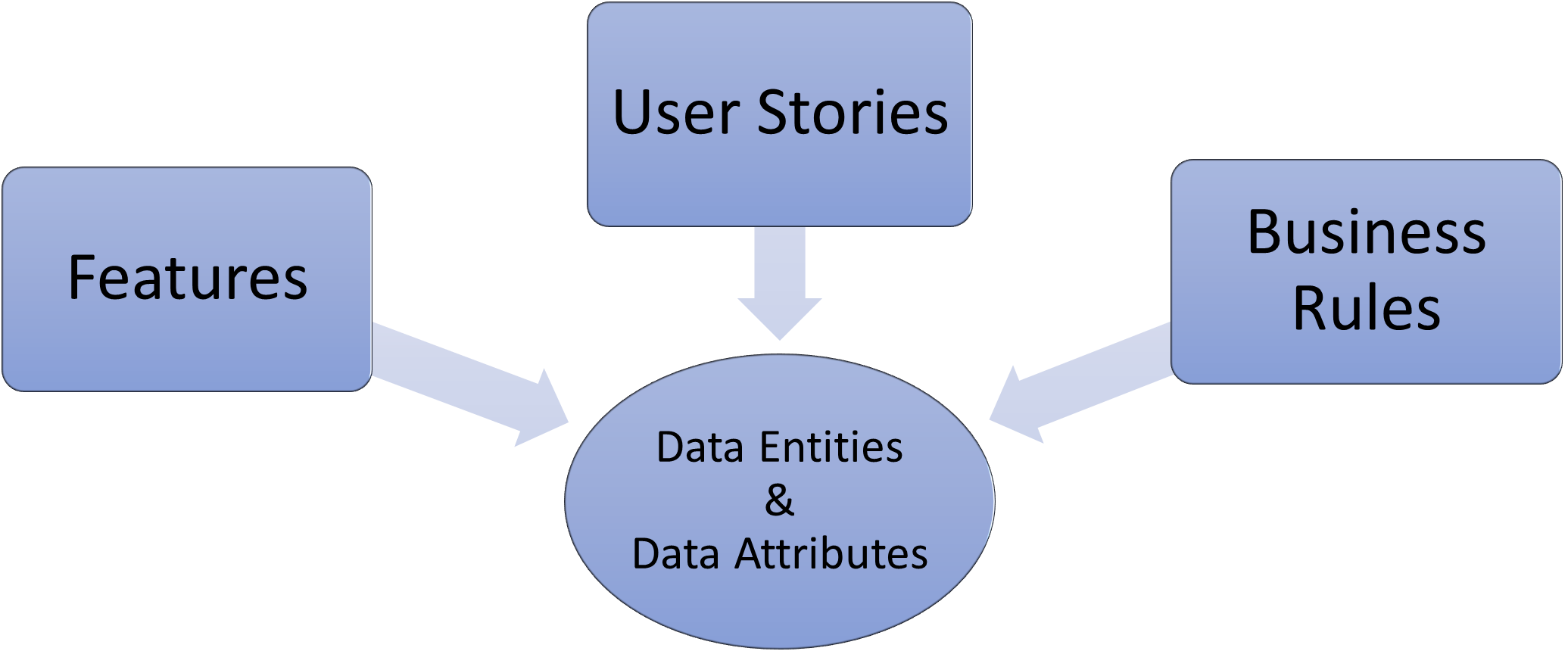User Stories: A Vital Step to Craft Successful Software
Simple and easy-to-understand user stories are the key to designing and developing successful software applications (products). Mastering the art of writing user stories is crucial for product owners and business analysts. Want to explore more about user stories? Here you go!
User Story 101
The foremost step in developing a project is to have a clear view of what needs to be created. Clarity is the most crucial element in software application design and development to end up with the most efficient solution.
User stories are the step-by-step documentation of a process, which describes the actions and results. It is an agile software development tool that mentions the features from the users’ perspective. The well-documented user stories are the foremost step in the agile development process to design and develop a software application that users love to use.
The primary purpose of writing a user story is to define project deliverables and how they will bring value to the user. No matter how complex a product or project can be, user stories are always written in simple terms. It needs to be as simple as possible so that a non-technical person can understand the document. There are some key considerations that make the creation of user stories even easier.
Key elements of a user story
- Simple, straightforward content
- Keeps users at the focal point
- Collaborate with team members to gather details
- Emphasis value deliverables
Apart from this, Business Analysts should also focus on making the entire teams’ and stakeholders’ participation by adding an INVEST element to the user story.
I – Independent (Self-contained without overlapping actions)
N – Negotiable (Keep the scope for negotiation to design a user-centric product)
V – Valuable (Must deliver values to the end users)
E – Estimable (Estimate, prioritize, and fit into sprints)
S – Small (In the form of small stories to complete in a couple of days)
T – Testable (Confirmation via pre-written acceptance criteria)
These elements are crucial in writing well-documented, to-the-point user stories to initiate the product development process. Once you understand the basics of user stories and how they should approach, it becomes easier to create those accurately.
Advertisement
Now that we have understood what user stories are and their key elements, let’s explore why Business Analysts need to master the skill to write definitive user stories.
Why a BA needs to master the skill to write user stories
User stories are the foundational documentation that works as a blueprint while working on a project. The simple and easy-to-understand documents help the entire team to adhere to the project requirements and develop user-friendly features and functionality.
Moreover, it offers a contextual overview before the initiation of a project so that the team can understand what they need to work on. Also, they can think creatively and employ their best efforts to craft a user-centric product.
The most important benefits of user stories include.
- Higher clarity on business values and project deliverables
- Improved collaboration and visibility across the team
- Prioritize features and functionality of the product
- Efficient use of the end-users’ feedback
- Minimize potential risks like communication gaps, technical flaws
As the user story conveys information about potential users and their actual needs, well-written user stories are essential to developing function-rich software applications. Business Analysts should understand the concept of user stories and focus on crafting user stories that drive value for the businesses via developing user-centric products.
When user stories are created
Generally, user stories are written at all software development stages BEFORE the development is initiated. Especially, while shaping product ideas, prioritizing features, and functionality, and during the development phase.
Who is involved in creating the stories
Business analyst, product owner or project manager, development, and design team, and sometimes stakeholders. Primarily, a business analyst or product owner writes the user stories; however, the entire team’s involvement is essential to create well-versed user stories that contribute to developing a user-centric, feature-rich software application.
How to create user stories
User stories are generalized documentation of why the product (software app) will be created and how it will take action. Here’s a simple way to create user stories that lead to a successful project development process. As mentioned earlier, keep users at the focal point along with what and why.
- Who is the user story for?
- What action is required?
- Why is the action important?
The most commonly used format to create a user story:
As a <user>, I want to <complete this action> so that <I want this function>. Business analysts and the other team members can add other details to make the user stories to-the-point document.
Examples:
- As a <user>, I want <to have to sign up feature> so that< I can log into the system>
- As a <customer>, I want <to receive text notification when the item arrives> so that< I can pick up the item right away>.
- As a <customer>, I want <to have online payment terminal> so that< I can pay online for purchases>
- As a <manager>, I want <to generate multiple reports on dashboard> so that< I can monitor team’s progress>
In short, user stories need to be created before product development initiates. The understanding of users and what actions they need to take and why the action is necessary must be reflected in the user story. A well-documented user story will aid in creating a blueprint for project development that will lead to a successful software application. Usually, a product owner is assigned to form user stories; however, a business analyst must know how to create user stories that drive the design and successfully develop a product or software.





